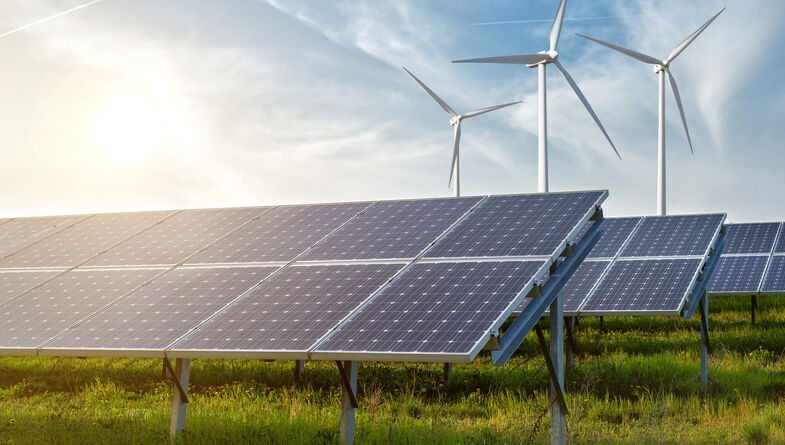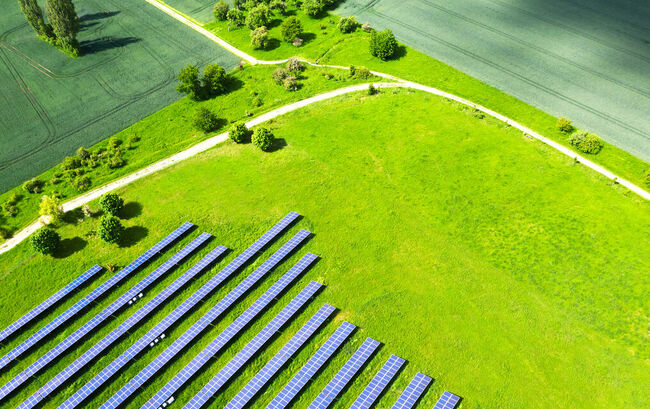Is Your Business Eligible for Energy Tax Credits or Deductions?
Cherry Bekaert’s Energy Tax Credits & Incentives team is able to assess your organization’s eligibility to receive business energy tax credits and incentives, so that you are not leaving any money on the table. With new provisions in the Inflation Reduction Act (IRA), there are opportunities to purchase tax credits to reduce your federal tax liability via the transferability rules under IRC Section 6418. If your business makes investments in the following activities, then you may benefit from federal, state, and local energy tax credits and incentives:
- Constructing new facilities or improving existing facilities using energy-efficient technologies
- Obtaining LEED® certification or renewable energy investment for new or existing buildings
- Manufacturing equipment and products that are used to produce renewable energy
- Cleaning up environmentally challenged properties
- Conducting research and development (R&D) or improving processes that relate to energy efficiency, environmental improvements, and pollution control
Who Should Explore Taking Advantage of Inflation Reduction Act Tax Credits?
- Any C corporation taxpayers with federal tax liability
- Any other entity with passive income and federal tax liability
- Anyone investing in cleantech and clean energy assets
- Anyone building or remodeling commercial or residential properties
- Anyone means:
- Businesses
- Counties and Municipalities
- Educational Institutions
- Individuals
- Investment Funds
Opportunities for Investments in Alternative Energy
Our tax advisors assess your organization's qualifications for business tax credits and incentives, so you don't leave any money on the table. The Inflation Reduction Act (IRA) offers a range of energy tax credits that promote the transition to clean energy production, advanced manufacturing, adoption of clean vehicles, and reduced greenhouse gas emissions. Our team can investigate how the following incentives apply to your business, or how you can sell these tax credits on the open market:
- The Section 179D Energy Efficient Commercial Building Deduction applies to commercial and high-rise buildings that receive energy-efficient improvements to the interior lighting, HVAC and hot water, or envelope systems. For property placed into service after December 31, 2022, the maximum available deduction is more than $5 per square foot for the building affected. This tax deduction directly reduces your taxable income in the year the property is placed in service, as well as the depreciation expense of the asset. You can even retroactively apply for the Section 179D deduction without amending previous tax returns.
- The Section 45L Energy Efficient Home Credit applies to single-family residences, apartment buildings, townhomes, condominiums, assisted living facilities, student housing, and other facilities designed for individual(s) occupancy. A preliminary design analysis and certification by certified Home Energy Rating System (HERS) raters is required before and during construction. For property placed in service after 2022, the maximum credit available is $5,000 per unit.
- The Section 48 Investment Tax Credit is designed to encourage businesses to invest in energy-related assets. Eligible taxpayers can receive a credit for the energy percentage of the value of energy-related assets used during the tax year. This immediate tax credit can be a great incentive for businesses to invest in energy-related assets, as opposed to spreading the tax credit out over multiple years. The base credit is 6% of the basis of the qualified energy property, but the credit may be increased to 30% if the project meets prevailing wage and apprenticeship requirements.
- The Section 45 Production Tax Credit provides a tax credit for electricity produced from certain renewable resources and sold back to the grid. This credit is applicable to wind, closed and open-loop biomass, geothermal, solar, municipal solid waste, hydropower, and marine or hydrokinetic energy. The credit can be a significant incentive for businesses to transition to renewable energy sources.
- The Section 45Q Credit for Carbon Oxide Sequestration provides credit for carbon dioxide sequestration coupled with permitted end uses within the U.S. This credit is also eligible to be paid directly as a grant. Businesses that are reducing their carbon footprint and sequestering carbon dioxide can take advantage of this credit.
- The Section 45X Advanced Manufacturing Production Credit is applicable to manufacturers of components used in the production of renewable energy facilities like solar, wind and battery storage. This tax credit can help incentivize the production of components needed for renewable energy facilities, helping to transition to cleaner energy sources.













